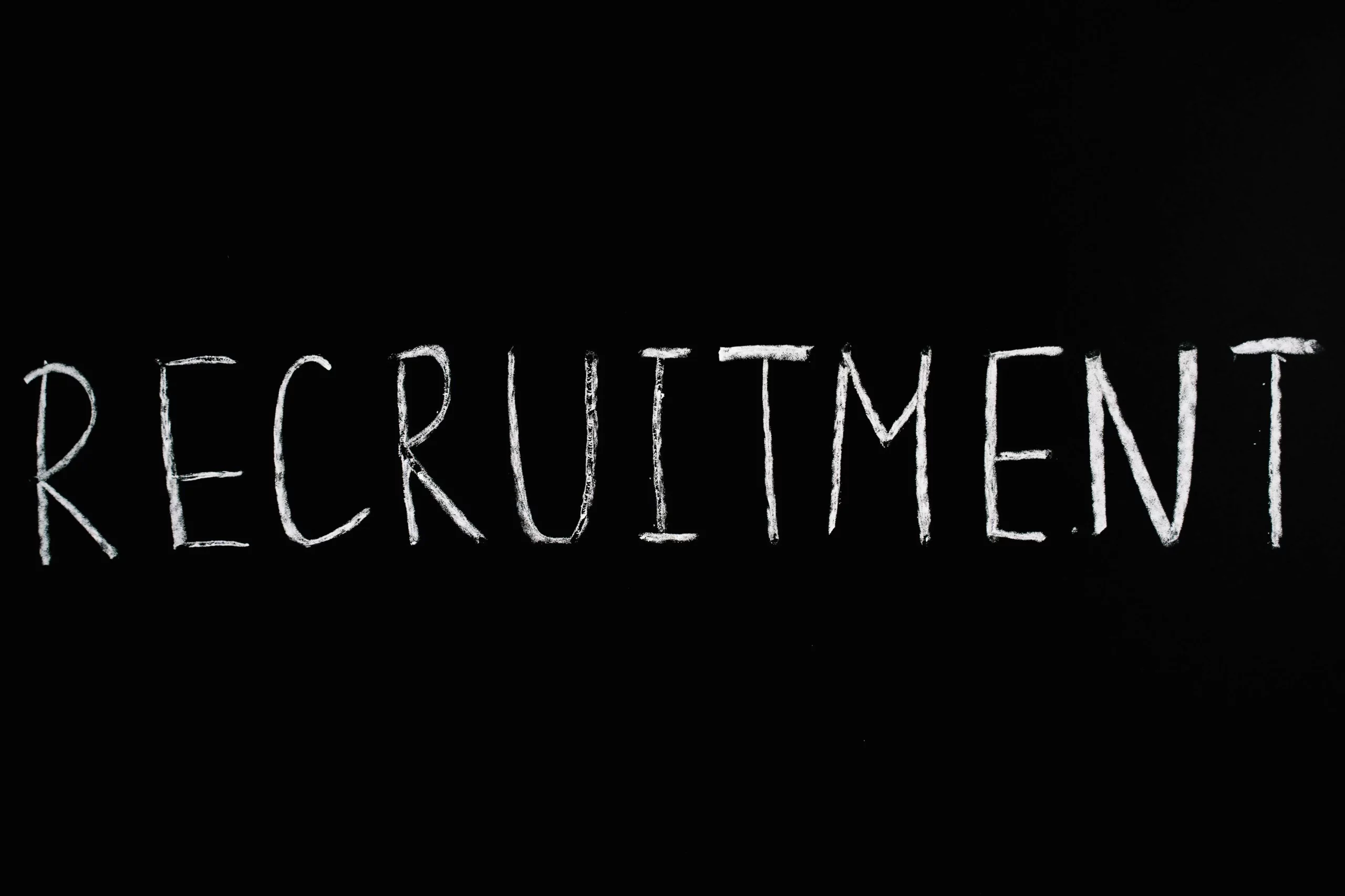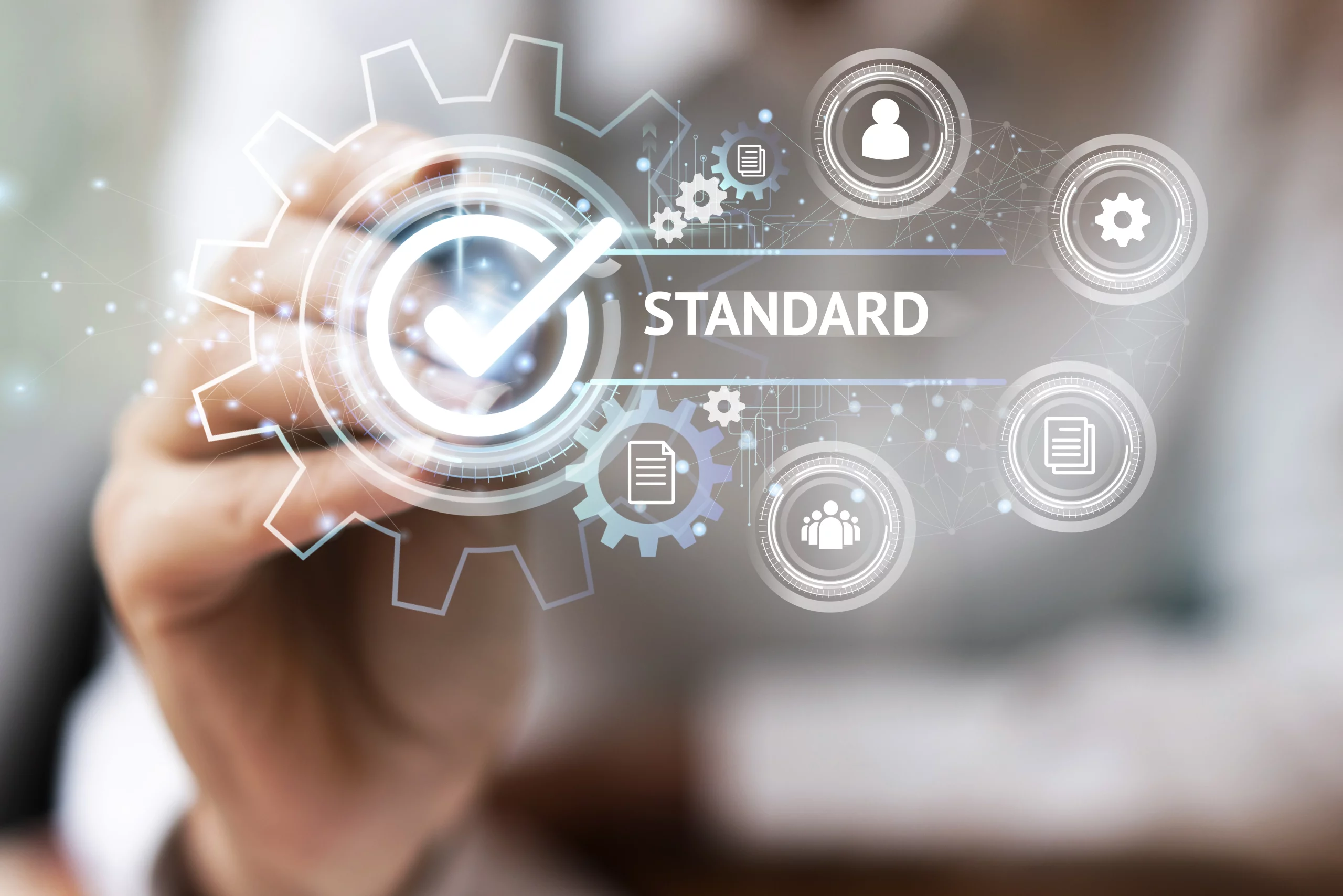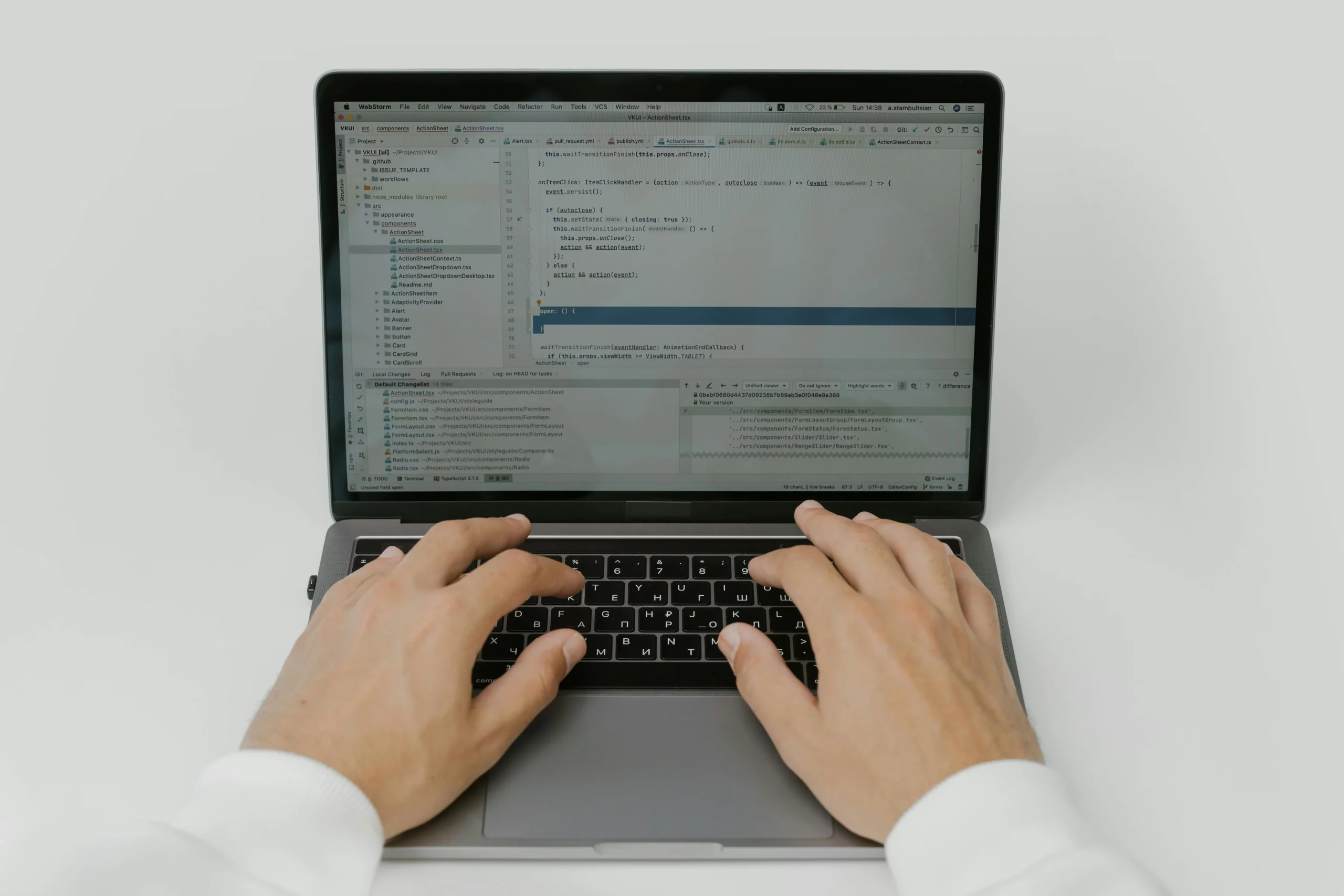
Make talent quality your leading analytic with skills-based hiring solution.

A blockchain architect works with technology and R&D teams to design and develop solutions for leveraging cross-asset concepts and frameworks. There are exciting opportunities for Blockchain Architects due to the fierce demand in converging domains.
Hiring for one of the most in-demand roles is easy with our Blockchain Architect Job Description. We’ve covered everything tech recruiters need to know about the role. Let’s explore ?
We are hiring a Blockchain Architect who has a strong knowledge of blockchain technology, python blockchain, cryptozombies, Ethereum, cryptocurrency, and related technologies.
Candidates must know how blockchain architecture, private keys, and standards/protocols work.
Certifications from CBBF, CBSA, CBPM, CBSP, or CBDE are extra perks!
Glider’s recruitment platform is built on the mission, of “competency over credentials”. This way, you can make the most of the hiring assessments through a structured and data-driven candidate-evaluation process.
Access 2,000 pre-built assessments covering over 500 skills with 250,000 questions, all validated by 2,000 SMEs including this for the Blockchain Architect role.
Go ahead and spotlight your Blockchain Architect with Glider AI today!
You can always write to us at info@glider.ai to help you access the hiring resources.

Introduction Technical roles are some of the hardest to fill. The process is a landmine of recruitment challenges. HR teams often find themselves under-resourced and struggling to find suitable talent, while engineers waste too much time interviewing candidates who don’t meet the necessary qualifications. Meanwhile, high-quality candidates get frustrated by slow and inefficient hiring processes and […]

What is QA and Testing? Quality Assurance (QA) and testing are integral processes in software development aimed at ensuring the reliability, functionality, and usability of applications. QA involves establishing standards and procedures to monitor and improve the software development lifecycle, focusing on preventing defects and identifying areas for optimization. It encompasses various activities such as […]

Whether hiring for an entry-level web developer position or a web architect, asking the right JavaScript coding questions lets you assess the candidate’s depth of knowledge in core JavaScript concepts, problem-solving skills, and understanding of modern JavaScript practices. More than identifying which people in your pool of applicants can answer technical questions, these JavaScript interview questions also reveal who […]